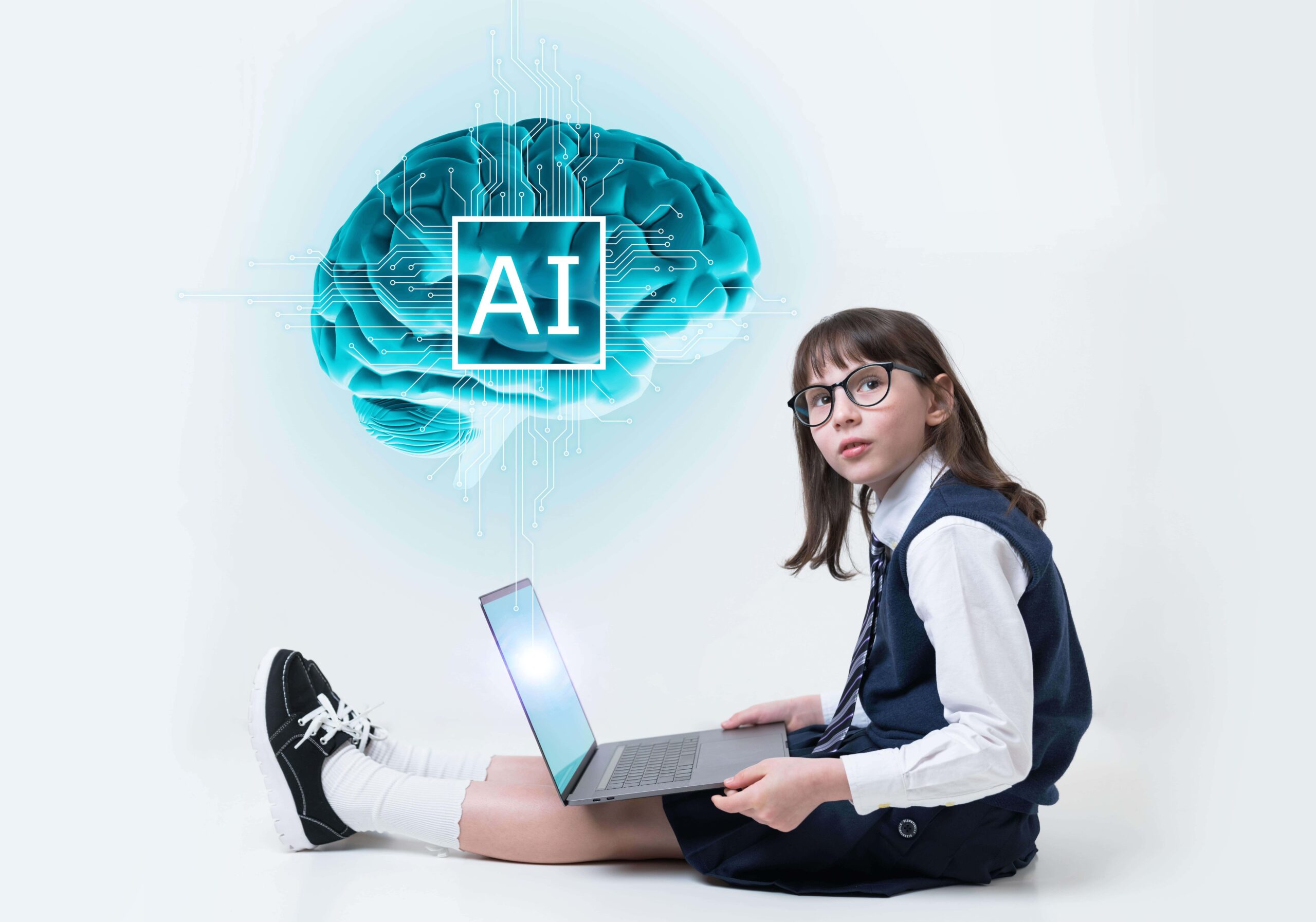Forward-thinking educators recognise the need to teach young learners soft skills such as effective communication skills, encourage empathy,and build emotional intelligence.
Education of tomorrow isn’t all about maths, sciences, and languages. In fact, the future of work will demand not only engineers and scientists, but also flexible, culturally fluent, emotionally intelligent workers. We can already see innovative approaches to help children and young adults acquire and refine the key components of emotional intelligence, things like empathy, compassion, and understanding, as well as critical thinking and communication skills. Estimates show that the social and emotional learning market size is expected to reach $3.7 billion by 2024, growing at a compound annual growth rate of 24.7 per cent. The driving force behind the market growth is primarily driven by the skills that are in demand. According to a LinkedIn Learning 2020 Workplace Learning Report, which consists of analysed data from more than 660 million professionals and over 20 million jobs, the 15 most in-demand skills include soft skills such as creativity, persuasion, collaboration, adaptability, and emotional intelligence. This should point the direction to which the education of the future should go moving forward.
Teaching empathy and emotional intelligence in a digitally-driven world
Educators and experts in the field are convinced that now more than ever education should be set on the foundations of strong character and empathy. Michele Borba, a proponent of empathy in education, believes that empathy should be a part or curriculum, emphasising that “…if parents would recognize the value [for success] beyond humanness, civility and ethics, they might get it. It needs to be woven in the curriculum, not tacked on.” While some might argue that empathy and emotional intelligence are valuable for creating a more humane world, Travis Bradberry and Jean Greaves, the authors of the book Emotional Intelligence 2.0, found that individuals with highly-developed empathy and emotional intelligence are more productive employees who “made an average of $29,000 more each year and they also attributed EQ to having a 58% influence over job performance”. And to help students grow intellectually as well as emotionally, educators agree that emotional intelligence plays an immense role in acquiring knowledge, boosting motivation.
For quite some time now, Danish schools cater their students the “Klassens tid”, an empathy lesson, during which “students discuss their problems, either related to school or not, and the whole class, together with the teacher, tries to find a solution based on real listening and understanding”. Learning about empathy and developing it as a skill is helpful, and there’s a number of ways to teach empathy in the classroom. For instance, TeachThought Staff suggests three rather simple yet ingenious ways to teach empathy. Using literature is one way to do it. It’s important that students analyse characters’ emotions and actions, and possible conflicts in the story, thus connecting with the characters on a deeper level. Middle and high school students can “use literature to expand relationship building into their communities and begin to think globally,” which is useful when working in multicultural working environments. Another way is to write reflective journals, where students would be encouraged to think and discuss their actions. Also, encouraging students to get to know their classmates would help them get along despite possible differences.
Social-emotional learning (SEL) amid the COVID-19 pandemic
Students today are forced to adapt to new circumstances of living and attending classes. Albeit different from previous generations, young learners today find new ways to socialise and educators should help them feel connected with their peers and education and non-education environments. Although a challenge, experts suggest “a research-based systemic approach to social and emotional development”, which can be accomplished by applying SEL strategies. For instance, it is important that students have trust built into their relationship with educators, peers, and their parents. Also, teachers should put some effort in dedicating their time to each student individually, as even simple questions such as “How are you, today” can make them feel safe and by doing so teachers demonstrate that they care about students’ well-being. Moreover, students should also be encouraged to show respect towards others during these challenging times. “Understanding that one’s experience may greatly differ from someone else’s is important to acknowledge, and demonstrates that we each have unique stories to share while collectively experiencing a common trauma.”
Taking care of mental health is important as well, and Friend2Friend, Kognito’s online mental health and suicide prevention simulation, is an SEL curriculum for high school and middle school students. The game-based stimulation teaches students to recognise signs of distress and prepares them to act and seek help on time. Students speak with a virtual teen called Ana. The virtual character shows signs of distress and students try to apply strategies they learned to help ‘her’. So, thanks to digital tools, students can learn about the importance of being empathetic and sensitive to other people’s emotional state.
Social and emotional learning (SEL) sets the foundation of the future of education
Ongoing digitalisation and digital collaboration brings people together. To prepare, forward-thinking educators are striving to provide students wholesome education that implies teaching soft skills, including empathy and developing emotional intelligence. Despite having technology at the core, today’s jobs demand pretty advanced interpersonal skills to complement other talents. This is mainly due to the fact that an increasingly borderless business world and high level of digital connectivity allow talent to come from anywhere. Hence, working in a culturally-diverse world requires employees to have developed cultural competence and emotional intelligence. Soft skills are essential when people are working on small, flexible teams of equals, shifting authority as tasks require. To create the workforce of the future, forward-thinking educators have realised that students need not to be only tech-savvy, but to have their interpersonal skills sharpened to a fine edge. By harnessing that advantage for emotional learning, it’s better preparing children for the future of work and helping create a more just society.




